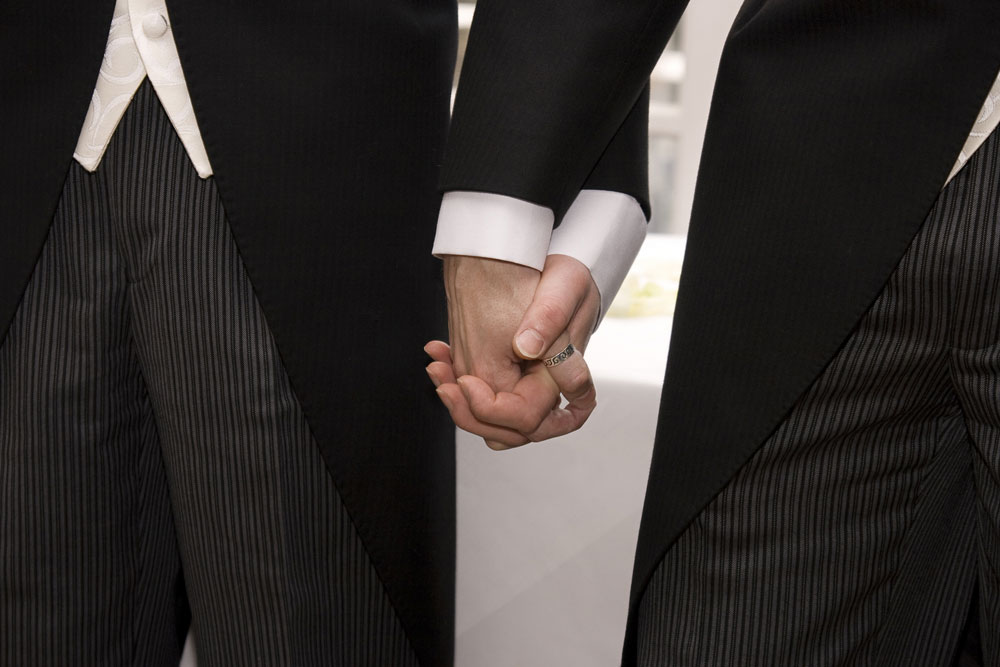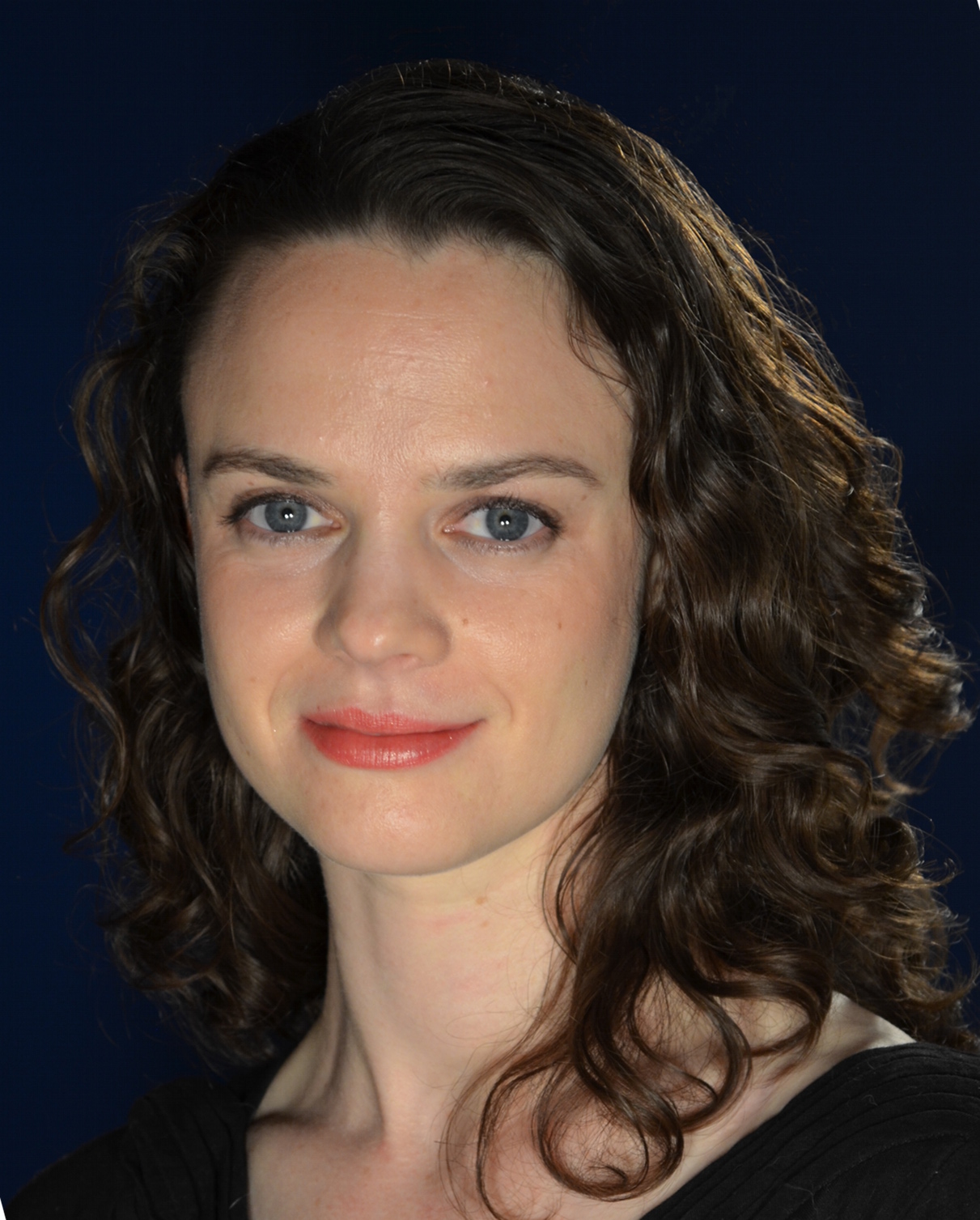Gay-Marriage Rulings: 6 Landmark Cases That Changed US Families

The two Supreme Court rulings on same sex marriage Wednesday (June 26) are not the first to radically change life for some families. In today's rulings, the Court struck down the Defense of Marriage Act (DOMA) while dismissing the case concerning Proposition 8, effectively opening the doors for same-sex marriages to resume in California. Twelve states and the District of Columbia currently allow same-sex marriage. More than 18,000 same-sex couples were married in California before Proposition 8, according to the Associated Press.
Here's a look at the history of Supreme Court rulings that have shaped what it means to be a family in the United States, from stands on contraception to mental illness.
1. Loving v. Virginia (1967)
In the summer of 1958, newlyweds Mildred and Richard Loving faced a choice: spend one year in jail, or face 25 years in exile from the state of Virginia. The couple married legally in Washington, D.C., but Judge Leone M. Bazile ruled their new marriage a crime against a Virginia state law that forbid miscegenation, or interracial marriage, because Mildred, then 17, was black and Native American, and Richard, 23, was white. [I Don't: 5 Myths About Marriage]
In issuing the ruling, Bazile wrote, "Almighty God created the races white, black, yellow, malay and red, and he placed them on separate continents ... The fact that he separated the races shows that he did not intend for the races to mix."
The Lovings chose to live in exile until they and the American Civil Liberties Union challenged the constitutionality of the Virginia law in 1964.
"After Brown v. Board of Education in 1954, that was a big turning point. A lot of states repealed their anti-miscegenation laws ... and there were a few that didn't," Gloria Browne-Marshall said.
Sign up for the Live Science daily newsletter now
Get the world’s most fascinating discoveries delivered straight to your inbox.
The Supreme Court ruled in favor of the Lovings, thereby voiding existing anti-miscegenation laws in 16 states.
"I don't think there was a big backlash against that decision," said Daniel Feldman, an associate professor at John Jay College. But a lack of backlash didn't mean automatic public support. A Gallup poll in 1968 showed 73 percent of Americans opposed interracial marriage. Opposition dropped to 42 percent in 1991 and to 17 percent by 2007.
Today, "Most of the arguments ... used Loving v. Virginia as the core argument for repealing DOMA and Proposition 8," Browne-Marshall said.
2. Phillips v. Martin Marietta Corp. (1971)
The Civil Rights Act of 1964 prohibited employment discrimination by sex, but plenty of companies at the time loosely interpreted the law. Newspapers still listed separate want ads for men and women in 1970.
When Ida Phillips applied for a job as an aircraft assembler in 1966, the Martin Marietta Corp. said it would not consider her because she had preschool-age children. The Supreme Court ruled against Martin Marietta, but sent the case back for retrial to see if the company could find enough proof that women with young children were unable to perform in the position as well as men with young children.
In his decision, Justice Thurgood Marshall added, "I fear that in this case, where the issue is not squarely before us, the Court has fallen into the trap of assuming that the Act permits ancient canards about the proper role of women to be a basis for discrimination."
Still, Phillips v. Martin Marietta Corp. laid the foundation for future cases based on sex stereotypes.
3. Griswold v. Connecticut (1965)
Estelle Griswold and C. Lee Buxton were directors of a Planned Parenthood Center in New Haven, Conn., in 1961 when they were arrested as accessories to the crime of providing contraceptives. [10 Ways Birth Control Has Changed Through History]
The law that allowed their arrest dated back to the 1873 federal Comstock Act, which banned mailing or distributing explicit material, including information about contraceptives.
Griswold and Buxton appealed their convictions and in 1965, the Supreme Court ruled that Connecticut's law "violates the right of marital privacy which is within the penumbra of specific guarantees of the Bill of Rights." Unmarried women gained access to contraception in every state after another ruling, Eisenstadt vs. Baird, in 1972.
But more than 40 years later, contraception controversies still flare.
"We just had these issues of Obamacare requiring employers to pay for contraception," said Gloria Browne-Marshall, an associate professor of constitutional law at John Jay College, in New York City and author of the book "Race, Law, and American Society: 1607 to Present" (Taylor & Francis, 2007).
The administration was also fighting against making the emergency contraceptive Plan B, which can prevent pregnancy after unprotected sex, available to teens under 17 without a prescription. But earlier this month it dropped the fight.
4. Roe v. Wade (1973)
Jane Roe is a pseudonym for the woman who brought a class-action suit against Henry Wade, a district attorney in Texas in 1970. Roe was pregnant, unmarried and denied an abortion at the time.
In 1973, the Supreme Court found that the right to privacy, as implied by the Bill of Rights, allowed a woman to legally seek an abortion without interference from the state. But the court gave states the right to regulate abortion after the first trimester, and the right to restrict abortions in some cases after viability, often deemed to be 20 to 23 weeks into the pregnancy. [Busted: 11 Big Fat Pregnancy Myths]
Forty years later, states are still passing new abortion laws. The Guttmacher Institute counted 43 new state provisions restricting abortions in 2012. There were more than 90 new provisions in 2011.
Legal abortions after Roe v. Wade climbed to a peak in 1980, when 1.6 million were performed, but the number has been on the decline. In 2008, 1.21 million abortions were performed in the United States.
Roe eventually came forward as Norma McCorvey. By the time the 1973 decision was issued, she had given the baby up for adoption. McCorvey worked in an abortion clinic years after the ruling, but then said she regretted her part in Roe v. Wade, and became an anti-abortion advocate. She lived with a lesbian partner for decades until converting to Catholicism.
5. Wisconsin v. Yoder (1972)
Freedom of religion and the importance of education came head-to-head in the 1972 case of Wisconsin v. Yoder.
Wisconsin state law required minors to stay in school until age 16. But Adin Yutzy, Jonas Yoder and Wallace Miller — all members of the Amish community — pulled their children out of school at 14 and 16. Other states with large Amish populations, such as Pennsylvania, compromised by creating part-time vocational schools run by Amish teachers.
But Wisconsin prosecuted the families and fined them $5 each. The Supreme Court ruled in favor of the families, who argued the conviction violated their First and 14th Amendment rights.
6. O'Conner v. Donaldson (1975)
Kenneth Donaldson was committed to a Florida State mental hospital in 1957 at the request of his father, who said he was suffering from delusions. Donaldson was kept there for close to 15 years against his will, despite evidence showing he wasn't violent, and was capable of living outside the hospital.
The Supreme Court ruled the hospital had violated Donaldson's rights under the 14th Amendment. It found, "In short, a State cannot constitutionally confine, without more [evidence], a nondangerous individual who is capable of surviving safely in freedom by himself or with the help of willing and responsible family members or friends."
The decision protected against the nightmarish scenario of a reasonably sane person trapped indefinitely in a mental hospital. But some mental health advocates say some interpretations of the case made it difficult for families to help their loved ones.
FollowLiveScience @livescience, Facebook & Google+. Original article on LiveScience.com.










